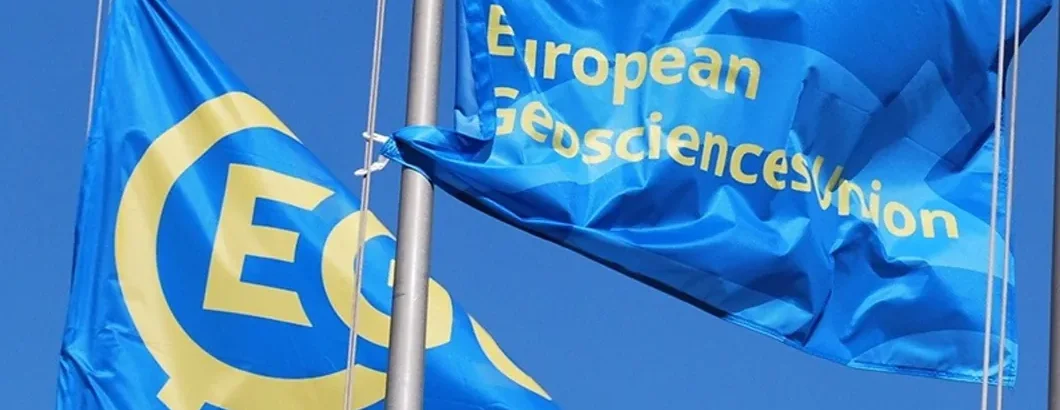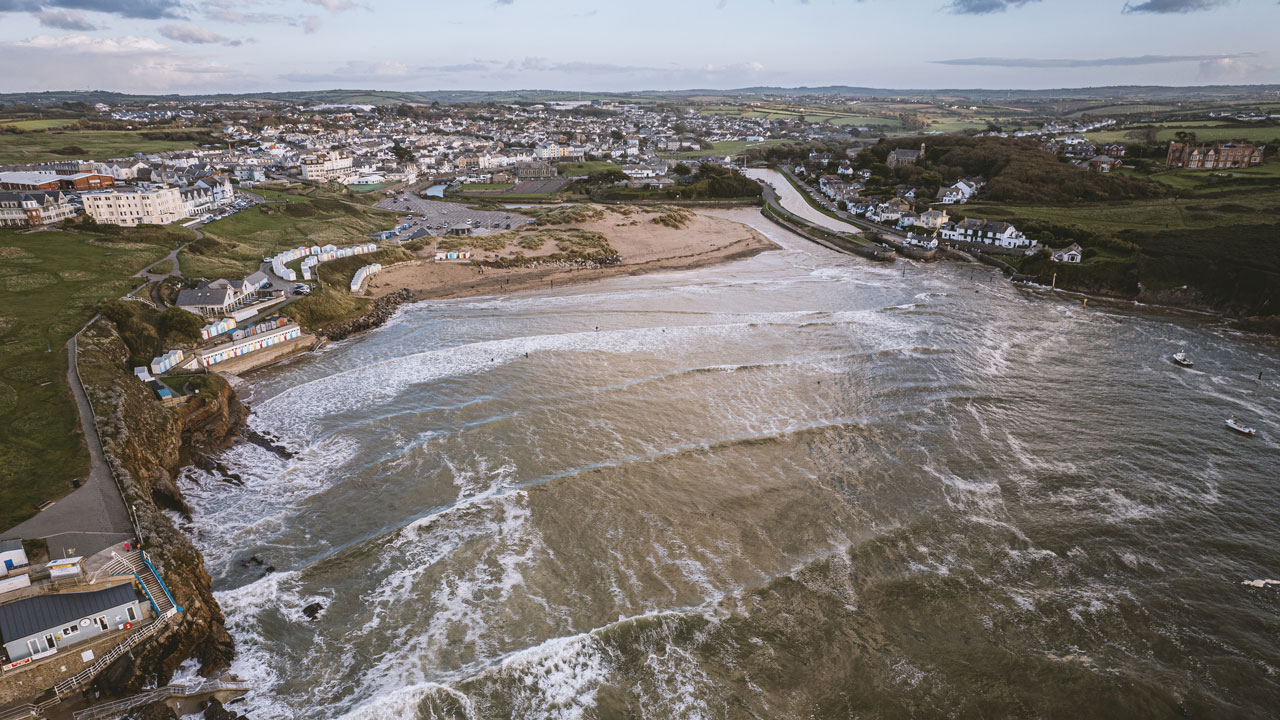Experiences From Our First Coding Sprint

A “coding sprint” is a virtual or hybrid event where programmers come together to develop code and share their ideas. To kick-start analysis of the new CANARI Large Ensemble simulations, we held our inaugural CANARI coding sprint during the first week of March 2024.
Over 50 Scientists from across the UK joined forces to take a first look at the new data, share best practices for data management and analysis, and initiate new collaborations across the NERC Research Centres.
Led by Dr Jenny Mecking from the National Oceanography Centre and supported by staff at the JASMIN data analysis facility, we met daily via zoom calls to share updates on our research and plans for analysis.
Read on to hear about the sprint experience from some of our participants:
Lizzie Collingwood, a CANARI PhD student at the British Antarctic Survey, said
Last week I was lucky enough to participate in the CANARI coding sprint. Being one of the first to look at a new dataset is a rare and highly stimulating opportunity, particularly for such a rich and rigorous climate model like the HadGEM3 Large Ensemble. I think the kid in a sweet shop analogy best describes my experience: imagine shelves of many jars filled with untouched, colourful, and delicious sweets, into which I could just dip my hand and draw out greedy handfuls of exciting results. As a PhD student, this week also presented a unique and valued opportunity to build connections, learn the dynamics of collaboration, and also simply to enjoy the joys of research. I am very grateful to participate in the project and look forward to following the new avenues of research and collaboration that this sprint has opened up.
Parvathi Vallivattathillam, a Research Scientist at the National Oceanography Centre, continued:
The CANARI sprint was my first ever research sprint. As a recent addition to the project, having joined in January 2024, this sprint helped me in getting familiarised with the technical and scientific dimensions inherent to the CANARI project. My primary objective during the sprint was to conduct preliminary analyses focusing on the North Sea region, driven by a keen interest in unravelling the dynamics of circulation pathways along the Northwestern European Shelf.
One notable takeaway from this sprint was the palpable synergy fostered by collaborative efforts each day. The collective momentum propelled us forward, resulting in constructive outcomes by the end of each session. The continuous technical assistance provided throughout the sprint served as a source of motivation, ensuring that obstacles encountered during coding did not hinder the progress. Some of the interesting outcomes from my analysis include a decadal to multidecadal variability in the salinity in the North Sea and a spatially coherent model spread in the hydrographic variables, particularly salinity. While these findings offer valuable initial observations, further in-depth analyses are warranted to elucidate underlying causes and potential implications. In conclusion, I would like to extend my heartfelt congratulations to all contributors involved in setting up this sprint. Moving forward, I eagerly anticipate future opportunities for collaboration of this nature, recognizing the immense value it brings to our research endeavours.
And, Prof Simon Josey and Dr Bablu Sinha wrote:
With plenty of experience analysing ocean and climate models and observations but virtually none using python and github, we felt some trepidation in the run up to the CANARI LE Sprint. However, we need not have worried as by the end of the week, with some very detailed help from the sprint team and, with the impetus of a little friendly rivalry, we were both producing python plots and code like pros. By the end of the second day Bablu had produced a time series plot of the net heat flux into the Subpolar North Atlantic Ocean for all the ensemble members, revealing a positive trend up to the 1990s followed by a declining trend to the present day, very much consistent with the AMOC plot produced by Adam Blaker after the first day. Simon then took up the baton and produced a beautiful spatial map of the ensemble mean difference in heat flux between the two periods, showing a strong externally forced signal in the subpolar gyre. For two novices in python, this was a big deal! Both are now looking forward to delving deeper into the CANARI LE.
Plans are underway for future CANARI coding sprints, so watch this space if you want to get involved.


